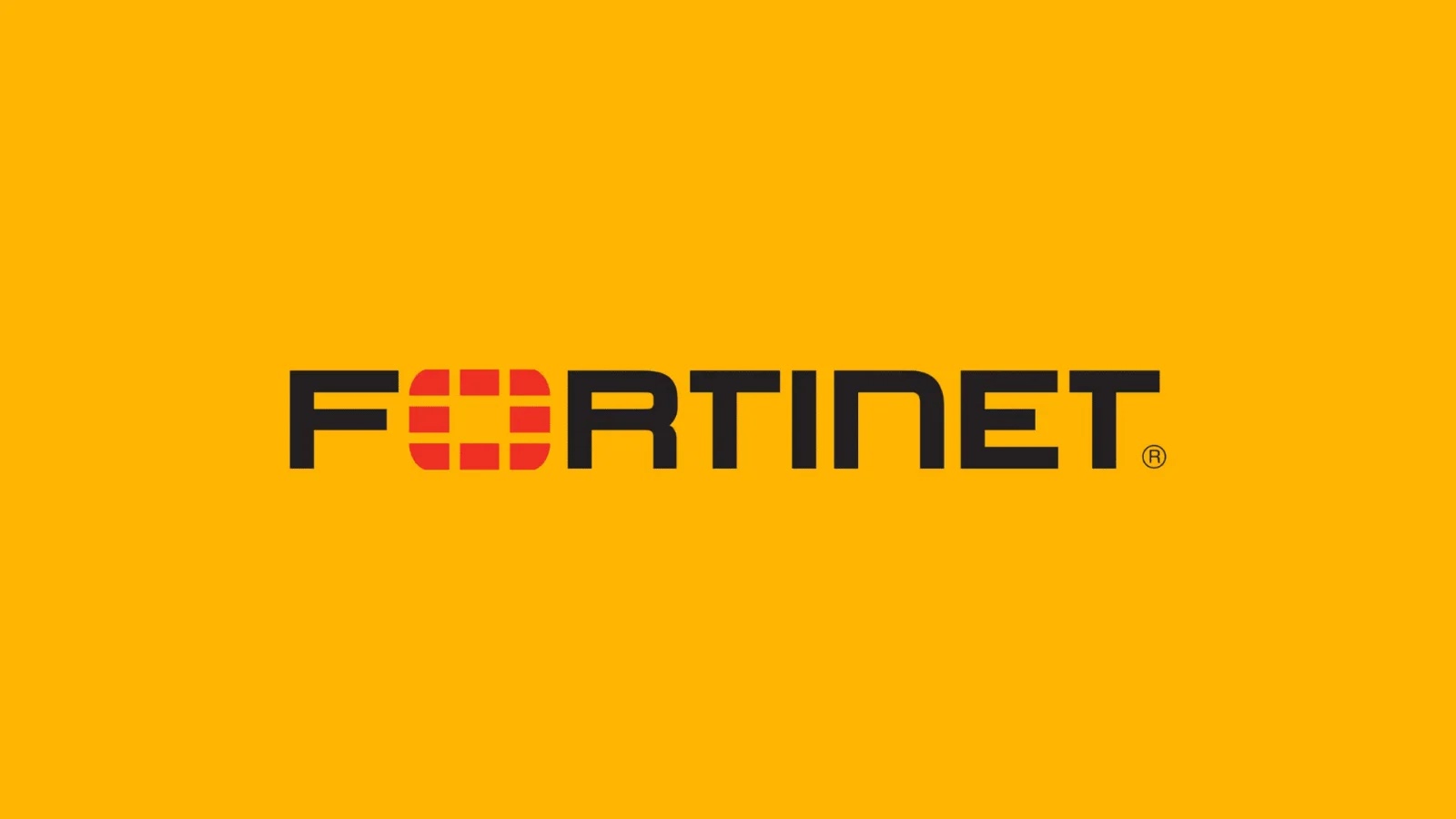A new and stealthy malware loader, known as TinyLoader, has been identified as a significant threat to Windows environments. This malicious software exploits network shares and deceptive shortcut files to infiltrate systems globally. First detected in late August 2025, TinyLoader has been observed installing multiple secondary payloads, notably RedLine Stealer and DCRat. These payloads transform compromised machines into platforms capable of credential theft, remote access, and cryptocurrency hijacking.
Rapid Deployment and Infection Vectors
Analysts have noted a swift escalation in TinyLoader’s deployment. Infections have been traced back to corporate file shares, removable media, and social engineering tactics designed to trick users into executing malicious binaries. While malware loaders are not a new phenomenon, TinyLoader sets itself apart through aggressive lateral movement and sophisticated persistence mechanisms.
Initial Access and Propagation
TinyLoader often gains initial access via network shares. The loader scans for open Server Message Block (SMB) resources, replicates itself as an innocuous Update.exe file, and updates directory timestamps to evade detection. Once executed, it contacts predefined command-and-control (C2) servers to download additional modules.
Command-and-Control Infrastructure
Researchers from Hunt.io identified early C2 infrastructure hosted at IP addresses 176.46.152.47 and 176.46.152.46 in Riga, Latvia, with additional nodes in the UK and Netherlands. All these nodes are operated under a single hosting provider, streamlining deployment. Hunt.io analysts observed that TinyLoader’s interface resembles modern malware-as-a-service panels, providing threat actors with an intuitive web portal for campaign management.
Payload Retrieval and Execution
An examination of the loader’s payload retrieval sequence revealed six hard-coded URLs pointing to malicious binaries, including bot.exe and zx.exe. These files are saved to the Windows temporary directory and executed without user interaction. This modular approach allows attackers to rotate payloads and pivot to new tools, such as cryptocurrency clipper modules or remote access trojans, with minimal redevelopment effort.
Detection and Mitigation Efforts
Following the outbreak of infections, security teams have been working to uncover detection signatures. TinyLoader’s login panel carries a consistent HTML title tag: `
Infection Mechanism: Network Share Propagation and Fake Shortcuts
TinyLoader’s primary infection vector leverages both network file sharing and social engineering via fake Windows shortcuts. Upon gaining administrative privileges, the loader injects itself into the Windows registry to hijack .txt file associations:
“`
Windows Registry Editor Version 5.00
[HKEY_CLASSES_ROOT\txtfile\shell\open\command]
@=\%SystemRoot%\\System32\\cmd[.]exe\ /c start \\ \C:\\Windows\\System32\\Update.exe\ \%1\
“`
This modification ensures that any attempt to open a text file silently launches TinyLoader first, before displaying the legitimate document.
Concurrently, the malware scans writable network shares, copying both Update.exe and malicious shortcut files named Documents Backup.lnk. When these shortcuts are double-clicked, they execute TinyLoader while masquerading as a user-friendly backup utility.
Targeting Removable Media
TinyLoader also targets removable media. Every USB insertion triggers replication of TinyLoader under enticing names like Photo.jpg.exe. An accompanying autorun.inf file ensures execution on the next host, perpetuating the infection cycle.
Resilient Propagation Mechanism
These techniques create a resilient propagation mechanism that spans both local and enterprise networks, making TinyLoader exceptionally difficult to eradicate once established. Defenders are urged to monitor registry changes affecting file associations, deploy policies restricting executable creation on network shares, and inspect shortcut files for unusual targets. By combining signature-based detection of the Login – TinyLoader panel with behavioral monitoring of autorun activity, security teams can mitigate the rapid spread of this emerging threat.



